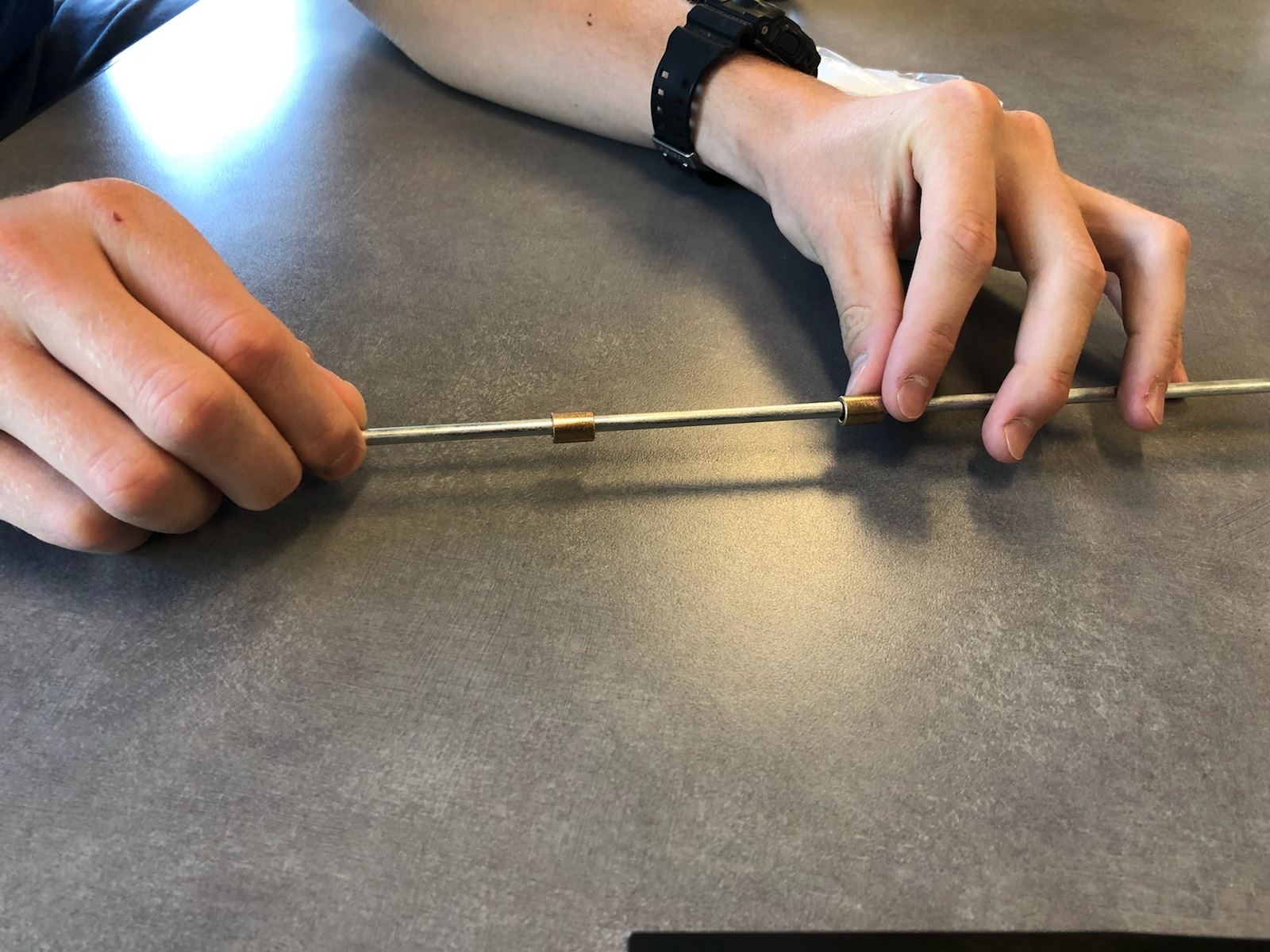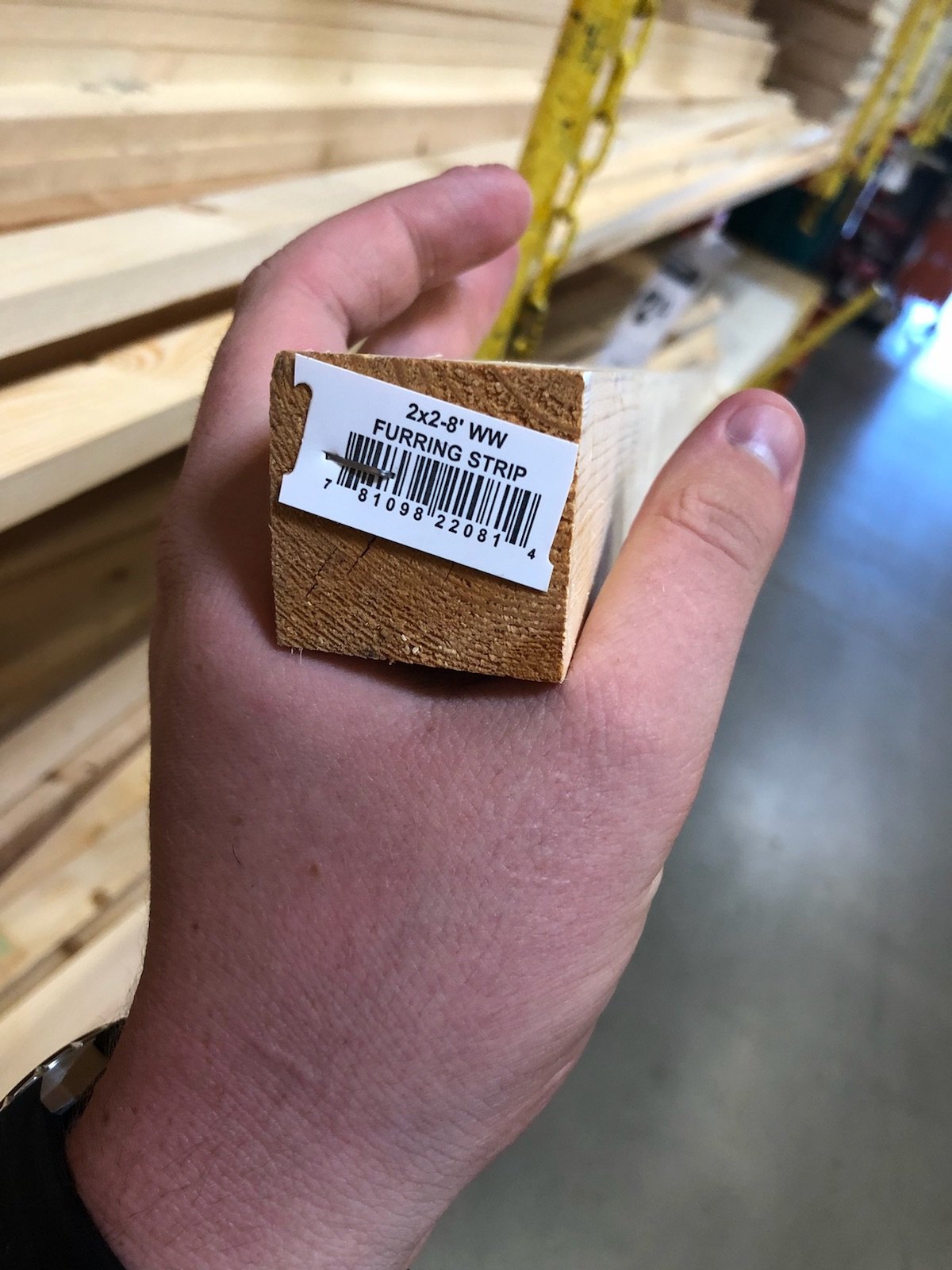Gallery
The images below represent our sketches for design ideas, and design iterations.
Design #1: Traditional Printer
The second design that the team considered is the “Traditional” printer. This printer design was one that was generated largely influenced by 3D-printers that have been made in the past. However, most 3D Printers only allow one filament type to be extruded from the printer head. But, one of the teams’ customers’ requirements for the design was a printer that allowed printing of multiple filament types. Thus, the Traditional printer was created and accommodated for desired requirements. The Traditional printer also has a variable base height meaning that is can be adjusted to adapt to different printing orientations. With that being said, there are a few negatives to this design that must be considered. With the printer head moving along the y and z axis and the base moving along the x axis, finding software’s that familiarize with this sort of movement can cause a problem.
Design #2: Interchangeable 3D-printer
Building off Design #2, Design #3 was generated to improve upon the negatives of design #2 to design a 3D printer that meets all the customers’ requirements while still maintaining a relatively low production cost. One area that the customer emphasized on was the ability to switch out the printer head to be retrofitted for different tasks. That is why The Interchangeable 3D-Printer can swap out the printer head for various projects. But, there are still some drawbacks to The Interchangeable 3D printers design. With multiple rail mounts this printer runs the risk of not being durable and transportation challenges may occur in the future.
Design #3: Phone Booth Printer
The first design that the team consider is called the “Phone Booth Printer”. This design’s strongest attribute is its robust and durable framework that the team calls its outer shell. This outer shell allows for easy transport and consistent printing conditions. A drawback to this design is that it has a very limited printing space, due to the boundary conditions of the outer shell. The closed off outer shell also requires a more elaborate ventilation system to prevent overheating that other designs considered don’t have to incorporate.
Preliminary Final Design:
This is a sketch of our preliminary final design shows a basic design originating from design#1 above. It features a tower to support motion in the Z-Direction as well as a standard power supply and arduino board for control of the stepper motors. The design is simple, but the complexities will come from the coding.
Cad Model of Preliminary Final Design:
This is the same design described above but shown as an isometric view of the teams CAD file. You can see more of the detail of the individaul parts with this image.
Summer Progress(1):
Testing Oil Impregnated sleeves with rod. This Design has been scrapped, and will be replaced with CNC bearings.
Summer Progress (2):
Testing wood for use as Printer frame, would lead to lower cost. The wood shown in this image is not sturdy enough to maintain the percison necessary for our client. If we are to use a wood frame the team will use differnt wood, or will purchase a prefabricated frame.
Fall Progress:
Most of the manufacturing is complete, all that the team has to do now is plug in the motors and sensors into the arduino, then program the arduino. The team had a minor setback regaring a faulty arduino, becuase of this a new ardunio has been ordered.
Final Product:


